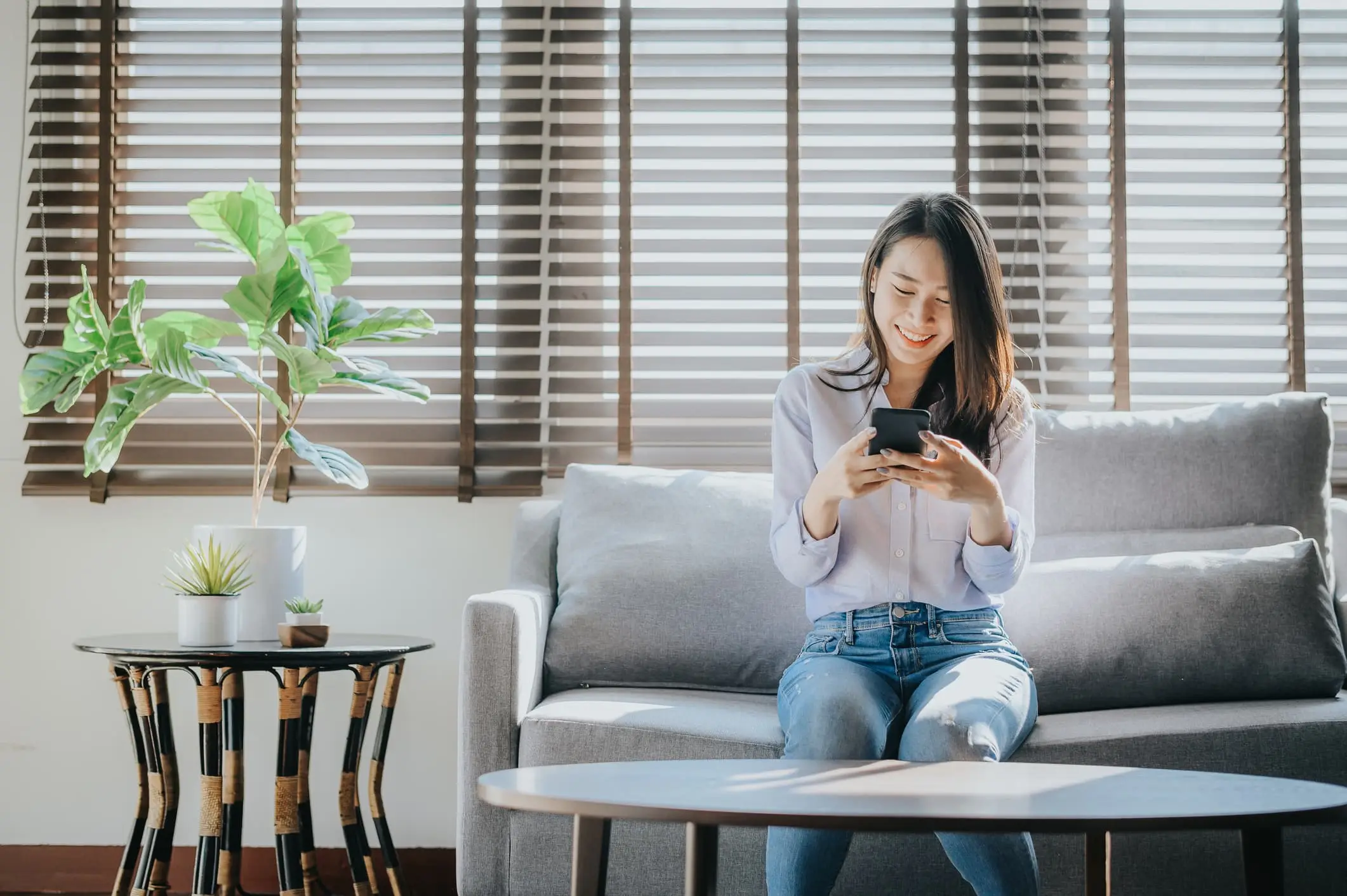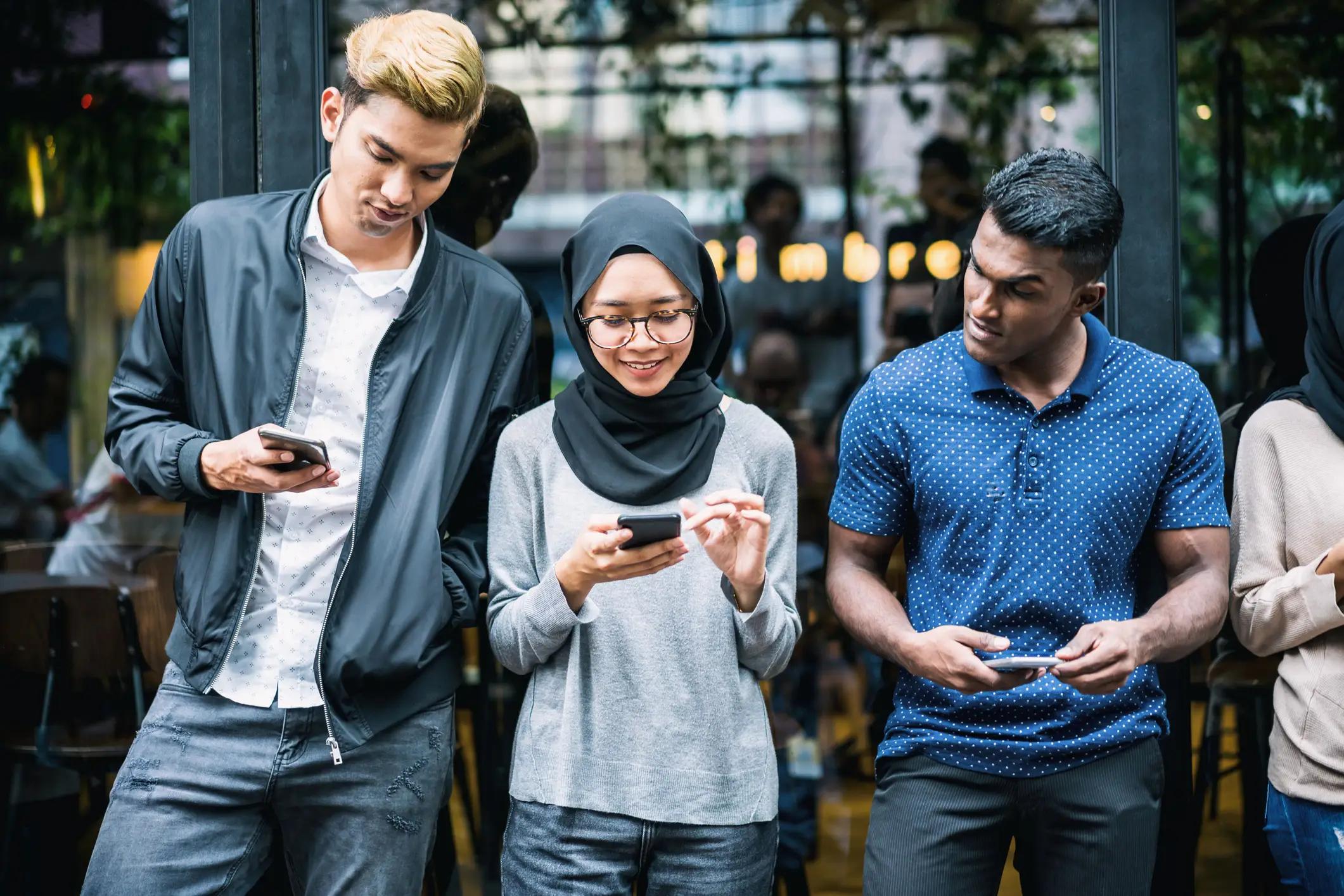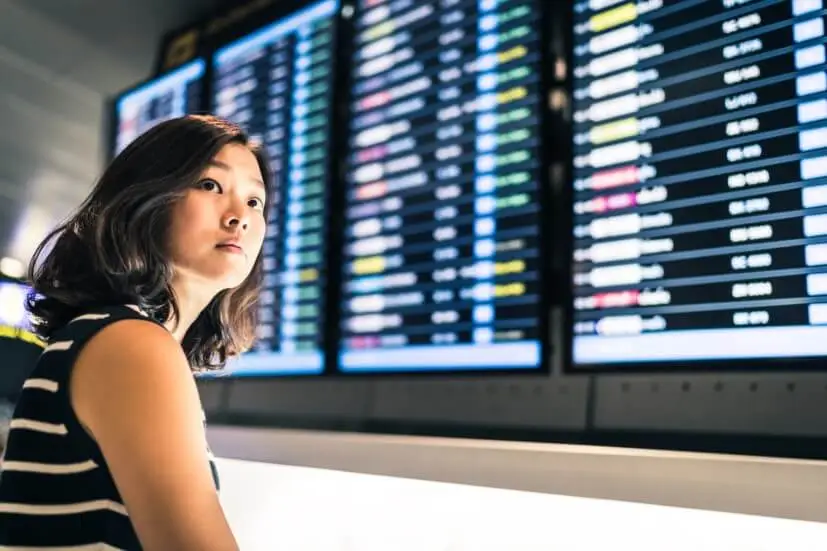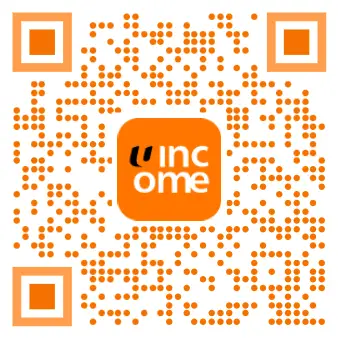Is Social Media Making Us Care Less About Each Other?

Where are you reading this article, and on what device? If I had to hazard a guess, you found this page by following a link from a social media app on your smartphone, and you are either commuting on the MRT, or ahem, doing some other more personal…business.
It wasn’t always like this. We live in a period where we are now both more connected and less connected at the same time, and the way we use smartphones and social media plays a large part in this. If you are, like me, a “Xennial” – the last generation to remember a time without the internet or social media, you will have some (hopefully) fond memories of long chats on the telephone with friends, or furiously stabbing the keys of your Nokia 3210 before realising there was such a thing as predictive text.
Today, our mode of communicating socially is becoming increasingly sparse and fragmented. Rather than letters, or even emails, we engage in short bursts of conversations on WhatsApp, respond to each other with emojis, get into arguments on twitter, and sometimes avoid words altogether by dancing on TikTok.
If this sounds like me being a grouchy middle-aged man, you’re probably correct. But our reliance on technology to communicate and interact has both comforting and concerning implications.
Changing the way we socialise and speak
Back in the “old days”, we used to chat on ICQ, Yahoo and MSN Messenger through our laptops or desktops. Today, the computer is no longer a desktop in the living room, but a smartphone in our hands. Smartphones have permeated almost every aspect of our everyday interactions and thoughts – socialising, religion, opinion, news updates, activism, and so on.
Using social media has both positive and negative implications. On the one hand, connecting with old friends has never been easier. People I have not seen since my O-levels sometimes pop up serendipitously on Facebook (Facebook knows everything!). Being away from Singapore often, it is nice to see how others are living their lives, albeit through a curated social media lens.
It is also heartening to see how social media can mobilise to help others. The ability to repost, share and retweet quickly allows for information to spread rapidly, whether that is looking for a lost pet, getting help and advice, or simply providing emotional support.
On the other hand, our deep use of social media appears to come at a cost. We seem more interested in using social media to connect with others than meeting up in real life. How often do we see couples sitting at a table in a hawker centre, staring lovingly into their phones, or groups of friends meeting up but then all checking Instagram on their own?
How we use social media also demonstrates the power that apps and algorithms have to influence the way we “speak” online. Rather than trying to find the right words to say, we are spoilt for choice with virtual objects like emojis, meme images and random gifs.
In other words, we seem to be passing the responsibility of meaningful communication to these virtual objects, allowing them to dictate our feelings and responses. This is why “computer-mediated-communication” (a term developed in the 1990s) is now all the more relevant – not only are we communicating through computers, we are also letting computers do the communicating for us.

Caring becomes both closer and more distant
It is not as simple as saying that using emojis means we do not “care” on social media. In fact, social media has now become a de facto way for many individuals and groups to organise and support themselves socially, politically and culturally.
The COVID-19 pandemic and global lockdowns has also meant that people have been forced to physically distance, meaning social media and other screen-based communication channels have become all the more crucial for maintaining social connections and relationships.
Instead of year-end gatherings and family reunions, we instead swapped from Zoom meetings to Zoom parties. We showed care and concern to each other through social media. In many situations social media was the only way for us to be there for one another.
But we also know that the profusion of our presence on social media has also contributed to a more polarised society. The people whom we care for are increasingly situated within our own social bubbles, a virtual sphere for like-minded individuals. Both in Singapore and globally, we are far less likely to show empathy for people we disagree with politically and/or culturally.
So even if social media helps us to care more for those we want to care for, we also need to be cautious about how media, algorithms and our own bias (subconscious or otherwise) steer us towards only the people that we want to be around.
Making and re-making connections
For some, “having conversations” is the new catchphrase to solving social problems. Of course, dialogue is certainly a key way to establish mutual understanding and empathy. But the temptation is to just leave conversations as they are and do nothing more. We need to act as well as talk.
In Singapore, things are feeling more like pre-pandemic days (for now). We are starting to find ways to meet up and bond, even if we have not yet reached peak fever-pitch over McDonalds Pikachu lanterns. In other words, while we continue to connect electronically, there is a chance for us to find the relationships and friendships we have lost in face-to-face situations.
The opportunity is there to think about how we can make or re-make connections that have been lost in quickfire tweets, cursory likes or too-soon-forgotten emojis. When we notice an old WhatsApp conversation with a friend we left unanswered, is there a chance to take real action and call them up for a chat, whether that is via video or even an offline catch-up?
And while the old adage of “don’t talk to strangers” still remains true (online or offline), perhaps we need to reach out and connect with people we may not typically spend time with. It could be the office aunty who takes your kopi/teh order, or a colleague a few cubicles down you always greet but never meet.
Showing real care
Or perhaps, when coming home and walking down the common corridor, are we able to spend some time asking after our neighbour, to see if they need anything? Offering support, no matter how small, online or offline, is a key way to demonstrate how we really care. Such acts of care need not cost money – a walk in the park, a telephone call, or a knock on the door can mean so much more than a “how u” every 3 years.
But the emergence of the internet and the convenience of social media has meant that we rely so much more on others’ words than our own. While this is better than not communicating at all, that crutch has a tendency to make our social connections more fleeting than they have ever been.
So let’s put down the phone, and smile at our neighbour with our own faces and not just an emoji. And if you’re still wearing a mask, just smile with your eyes!
This content will be removed at a later sprint
This article is meant purely for informational purposes and does not constitute an offer, recommendation, solicitation or advise to buy or sell any product(s). It should not be relied upon as financial advice. The precise terms, conditions and exclusions of any Income Insurance products mentioned are specified in their respective policy contracts. Please seek independent financial advice before making any decision.
These policies are protected under the Policy Owners’ Protection Scheme which is administered by the Singapore Deposit Insurance Corporation (SDIC). Coverage for your policy is automatic and no further action is required from you. For more information on the types of benefits that are covered under the scheme as well as the limits of coverage, where applicable, please contact Income Insurance or visit the GIA/LIA or SDIC websites (www.gia.org.sg or www.lia.org.sg or www.sdic.org.sg).
This advertisement has not been reviewed by the Monetary Authority of Singapore.
Related Articles



